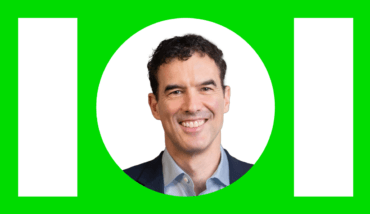Mobile advertising has already established itself as a lucrative business, worth an estimated $6.43bn globally in 2012. It’s a fast-evolving industry, changes to technologies and consumer habits mean opportunities to drive greater engagement and new advertising formats are appearing all the time. Perhaps the biggest new opportunity has been created by the launch of 4G mobile services by UK operator EE.
With the 4G auctions currently underway, there is yet more focus on hype surrounding the opportunities with next generation mobile internet. We’ve been here before, with the networks promising a brave new world of fast, “always-on” mobile connectivity when they went live with 3G in 2003. Anyone still struggling to open a simple web page with a 3G connection will know how hollow those claims were.
This time however there’s substance to the hype. LTE – the technology behind 4G – is up to five times faster than 3G and is already in 27 UK towns and cities. Thanks to the auctions Vodafone, O2 and 3 will be able to launch their own 4G services too by May. With 4G, rich-media share will grow thanks to the jump in speed, delivering content seamlessly allowing consumers to start engaging with new forms of mobile advertising.
With 4G, it’s not just mobile internet that is going super-speed but mobile marketing too. Or is it? Currently, EE is the only network to offer LTE Internet. The majority of current customers are the eager clan of early adopters who desire super-fast broadband in the palm of their hands. For most networks (excluding Three) customers have to be mindful of how much data they consume.
The iPhone 5, for example, has already been shown by Arieso to use up to 50% more data than the iPhone 4S – due in part to Internet speed capability. With greater speed comes the ability to watch videos and stream music without dealing with buffering.
In 2012, in the days before live 4G, UK mobile ad revenue hit £181m ($279m) for the first half of 2012, with display banners and text ads contributing £41m ($63m). Twenty percent of this was rich media, according to the Internet Advertising Bureau. It is clear that the market is growing, fast.
Whilst the majority of mobile usage and browsing appears to be done in the home or in areas with Wi-Fi connections, it raises the question as to whether consumers are conscious of watching videos or data heavy content when they are not Wi-Fi connected.
If this can be overcome, 4G could usher-in profound changes; rich media adverts can flourish, video content can be streamed without worry and augmented reality can help to enhance print media or outdoor ads. Of course, someone has to pay for the unlimited data. It costs a huge amount to install the infrastructure and maintain it but data can be freed, so can the user experience.

